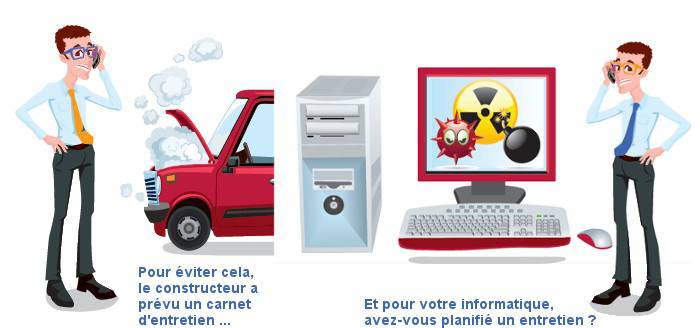People addicted to heroin or prescription opiates might have a hands-free device for getting through the rigors of drug withdrawal. The medication buprenorphine implanted under the skin and released over 24 weeks can
![]() Buprenorphine is a semisynthetic opioid compound prescribed for pain relief and for addiction withdrawal. Buprenorphine works something like methadone, a synthetic opioid developed in the 1930s. Both drugs are prescribed for withdrawal from addiction to heroin or prescription pain relievers such oxycodone, Dilaudid, codeine and Vicodin.
Buprenorphine is a semisynthetic opioid compound prescribed for pain relief and for addiction withdrawal. Buprenorphine works something like methadone, a synthetic opioid developed in the 1930s. Both drugs are prescribed for withdrawal from addiction to heroin or prescription pain relievers such oxycodone, Dilaudid, codeine and Vicodin.
But buprenorphine in tablet form can be misused by patients who crush the pills, liquefy them and inject them for a stronger effect.
To get around such abuse and to ensure that a person is getting a standardized dose of the drug, researchers devised the implants — polymer compounds composed of ethylene vinyl acetate and buprenorphine — that slowly release the drug into the body over 24 weeks. They recruited 163 adults diagnosed with opioid dependence and randomly assigned 108 to get the implants and 55 to receive placebo implants. The study’s subjects included users of heroin or prescription opioids. All participants received drug counseling during the trial and submitted regular urine samples.
People in either group could request additional doses of buprenorphine as under-the-tongue tablets if they felt their treatment was insufficient to control cravings. Nearly 60 percent of those assigned to buprenorphine requested the extra tablets during the first 16 weeks, as did more than 90 percent of those who had placebo implants. Even so, 37 percent of urine samples from people with buprenorphine implants tested clean for illicit opioids during the trial, compared with only 22 percent of those with placebo implants.
About two-thirds of people with a buprenorphine implant completed the study, compared with less than one-third of those who had a placebo implant.
“In the addiction field, there’s a pretty close relationship between sticking around in treatment — what we call retention — and how well you are doing,” says study coauthor Walter Ling, a psychiatrist at the UCLA School of Medicine.
Drug dependence is a chronic, relapsing condition, with recovery taking a long time for most people, says Linda Gowing, an addiction researcher at the University of Adelaide in Australia. Motivation to quit is countered by the craving, and there is often stigma associated with attending addiction clinics, she says.
Providing take-home doses of medication is problematic because it allows drugs such as buprenorphine to be used inappropriately or sold on the black market. “The use of implants provides a degree of flexibility for clients, while also maintaining medication with minimal risk of misuse,” she says.
The treatment consists of four matchstick-sized implants placed under the skin of the inner arm. Titan Pharmaceuticals of South San Francisco, Calif., which developed the implantable form of the drug and calls it Probuphine, is currently conducting another trial to confirm the findings. Results are due out in 2011.
In the JAMA study, Ling and his colleagues excluded people with chronic diseases or psychiatric conditions. While that limited some factors that might muddy the results, it also left the trial with “the best patients, in a sense,” says Douglas Bruce, a physician at Yale University School of Medicine. By screening out people whose addictions are complicated by mental illness, AIDS or hepatitis, he says, “that means it’s not necessarily a real-life experience.”
Bruce also notes that implants may have a downside: People with them may not show up for regular counseling as reliably as they would if they were receiving weekly supplies of buprenorphine tablets. “Most people become drug users because of sexual trauma as kids or other violence. Bad things happen to people, and drugs make them feel better.” To break the addiction cycle, Bruce says, medication must be complemented with counseling. “They will always have to take the meds if they never deal with the root issue.”
Nevertheless, Bruce says, the study shows promise. “It’s a great start. One of the things we want to know is what sort of therapy will people need to stay engaged [in a drug program] and how long do people need this treatment — is three to six months really sufficient?”
Image: Flickr/coaxeus
See Also:
- Modern Psychedelic Scientists Find Data in Countercultural Past
- Out of LSD? Just 15 Minutes of Sensory Deprivation Triggers …
- Suntan Drug Greenlighted for Trials
Authors: Nathan Seppa
















